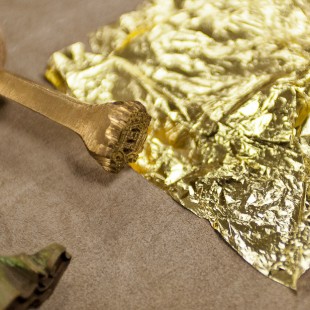Reliure et Dorure
Nunc bibendum, quam eu congue vestibulum, augue nisl laoreet neque, placerat aliquam dui arcu vel lorem. Vivamus eleifend enim libero, sit amet sodales ante rutrum malesuada. Morbi fermentum commodo orci vitae luctus. Morbi et turpis eu sem gravida rhoncus id a mauris. Duis a turpis tincidunt, gravida ligula a, bibendum ex. Proin quis leo neque. Nam at ipsum risus. Sed suscipit magna purus, ac efficitur felis rutrum non.
« Curabitur tincidunt rutrum placerat. Curabitur lacinia mauris sed leo vestibulum scelerisque. Morbi nec magna metus. Sed magna enim, luctus ac malesuada a, vulputate ac arcu. In sodales semper odio, eget scelerisque velit malesuada eget. In venenatis risus et erat aliquet rutrum ».
It also results in an increase in the pH of the juice which may be desirable for overly acidic grapes. This was a practice more common in the 1970s than today, though still practiced by some Sauvignon blanc and Chardonnay producers in California. In the case of rosé wines, the fruit is crushed and the dark skins are left in contact with the juice just long enough to extract the color that the winemaker desires. The must is then pressed, and fermentation continues as if the winemaker was making a white wine.
There’s truth in wine, and there may be some in gin and muddy beer; but whether it’s truth worth my knowing, is another question.— G.Eliot
Yeast is normally already present on the grapes, often visible as a powdery appearance of the grapes. The primary, or alcoholic fermentation can be done with this natural yeast, but since this can give unpredictable results depending on the exact types of yeast that are present, cultured yeast is often added to the must. One of the main problems with the use of wild ferments is the failure for the fermentation to go to completion, that is some sugar remains unfermented. This can make the wine sweet when a dry wine is desired. Frequently wild ferments lead to the production of unpleasant acetic acid (vinegar) production as a by product.








Reply